(Beaugency 1900 - Périgueux 1995)
Flowers in an ochre glazed pitcher
Oil on canvas
H. 33 cm; W. 18 cm
Signed and dated lower right - 1959
Surprisingly, Maurice Albe was born in Beaugency, in the Loiret department, on January 15, 1900. A child of the early 20th century, he quickly moved to the Périgord region around 1905, where his father took over the management of the Sarlat gasworks. A local boy, his parents being from the Quercy region, he experienced the joys of the Périgord Noir countryside, playing among the old chestnut trees on the arid hills where the rock is exposed. It was also thanks to his uncle, Canon Edmond Albe, that young Maurice saw the Sarlat region in its heritage aspect. Wandering through the hills steeped in history and absorbing the image of peasants working the land, the cultural education provided by this religious figure deeply rooted the future artist in his local region. His early years of artistic study took place in Paris after the First World War, where he met some of the most celebrated artists of the 20th century. Long days spent on the terraces of Montparnasse saw him rubbing shoulders with Picasso, Braque, Juan Gris, Lurçat, and especially André Lhote, to whom his work would owe so much. These formative years continued, notably at the École Estienne, the hallowed halls of the book arts. Before that, he attended the ABC School of Drawing. This arts magazine would later offer him his first publications, as he designed the cover of a 1925 issue with a wood engraving depicting the Périgord region. This marked the beginning of a very long career as an illustrator and artist, as he exhibited his wood engravings throughout his life and received commissions from numerous writers and publishers to illustrate their works. Two people were particularly important in his life: the historian of Périgord, Abbé Georges Rocal, whose books Albe illustrated, following the advice of this great connoisseur of the customs and countryside of our region; and Eugène Le Roy, the famous writer from Périgord, notably the author of Jacquou le Croquant, which the painter illustrated twice during his career. An admirer of Le Roy for his descriptions of the region and his vision of the peasant world, Albe even became the head of the Friends of Eugène Le Roy association in 1963, a position he held for many years. A third man also played a significant role in the painter's life: Pierre Fanlac, founder of the publishing house of the same name. His printing presses, located near the Tour de Vésonne in Périgueux, produced numerous high-quality books illustrated by Maurice Albe. After traveling back and forth between Paris and the Sarlat region, Maurice Albe settled in Périgord in 1946, where his style evolved drastically towards what he himself called "figurative cubism." This technique of compartmentalization is now found in all his works, both engravings and paintings, which generally flow from one another. Stooped peasants resting before a village with heavy stone roofs, an old chestnut tree still full of life, a country market from which gossip escapes, a goose girl with a penetrating gaze—these are very popular subjects, seemingly ill-suited to artistic staging at first glance. Yet Albe brought to it all the possible harmonies in his very particular style, having been fortunate enough to receive numerous commissions from Périgord institutions, as well as regular joint exhibitions with his Parisian painter friends, allowing him to sell his canvases worldwide. Maurice Albe also taught drawing in several Périgueux establishments, both schools and leisure centers, forging a link with an entire generation, passing on his passion for the Périgord region and the expertise accumulated throughout a seventy-five-year career. In his later years, he was still being recognized for his work and passed away just a few days before his ninety-fifth birthday. In 1959, Albe created this small still life of flowers, vibrant with color and intertwined forms, in a Cubist style. This period was the most pronounced for him in this style, which he would develop until the end of his career.


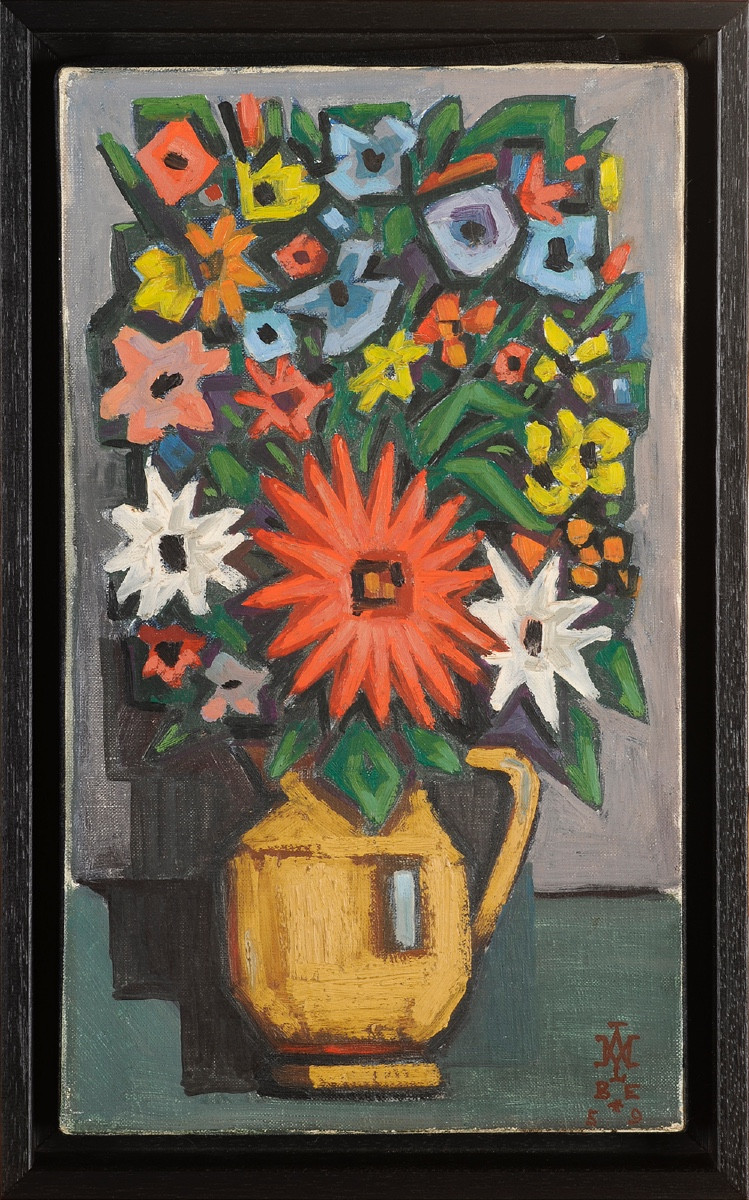
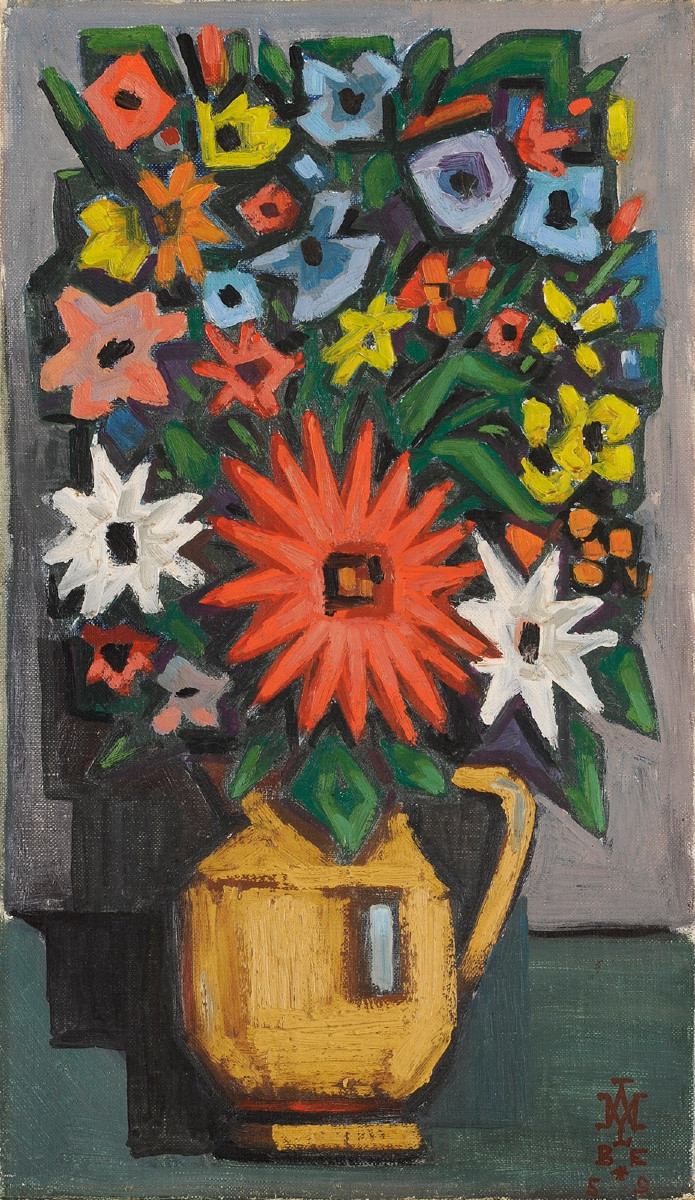

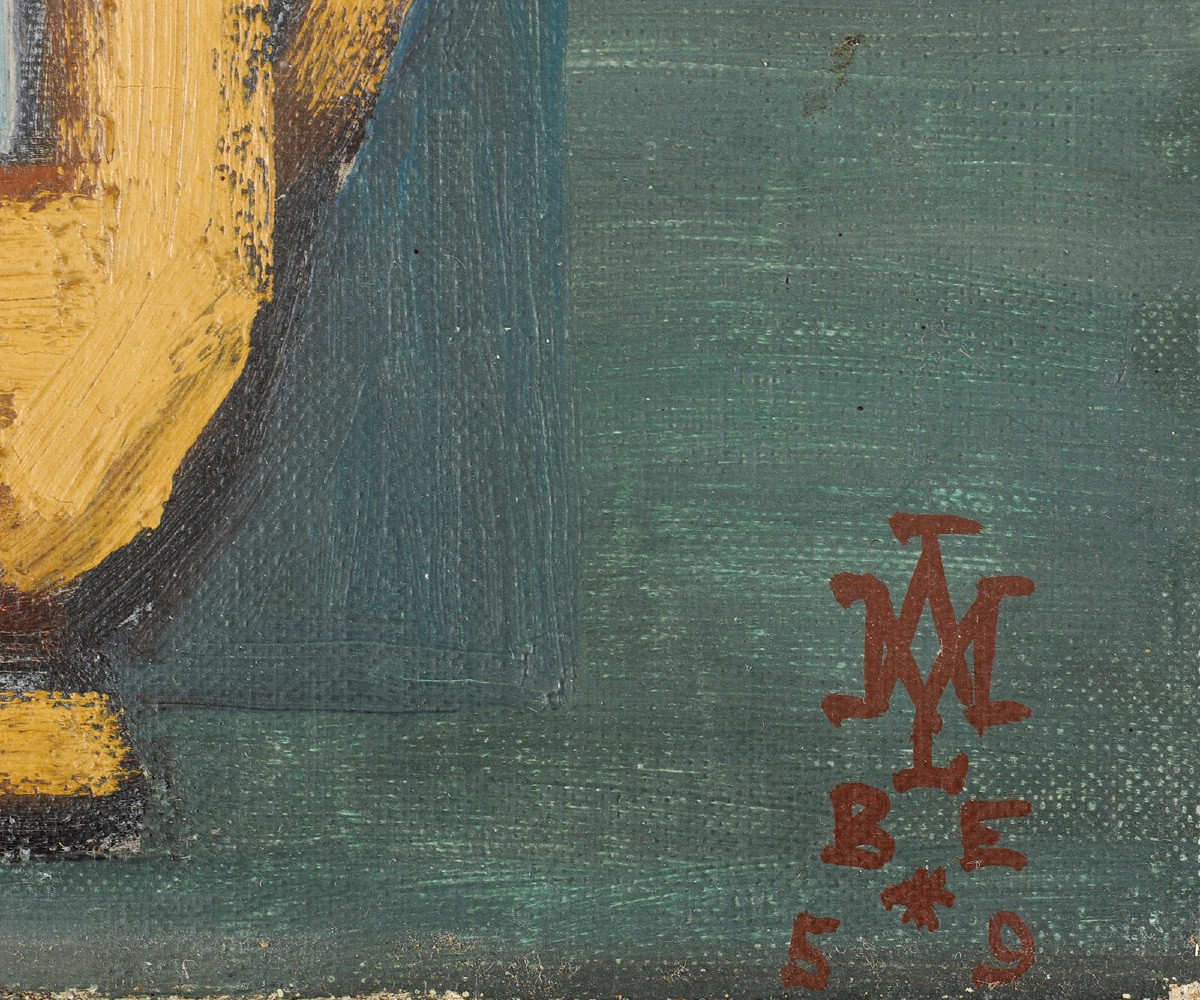









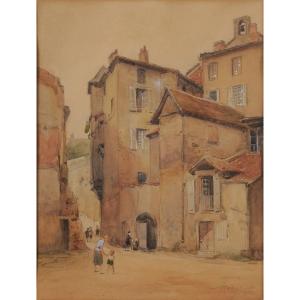

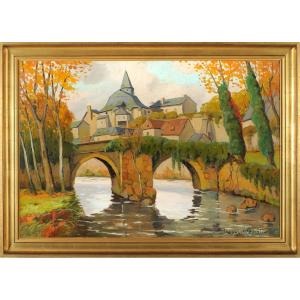


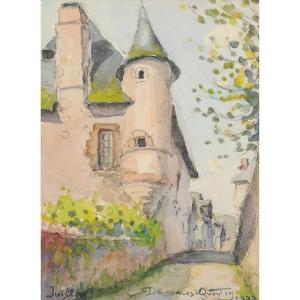




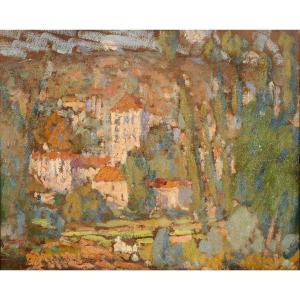









 Le Magazine de PROANTIC
Le Magazine de PROANTIC TRÉSORS Magazine
TRÉSORS Magazine Rivista Artiquariato
Rivista Artiquariato